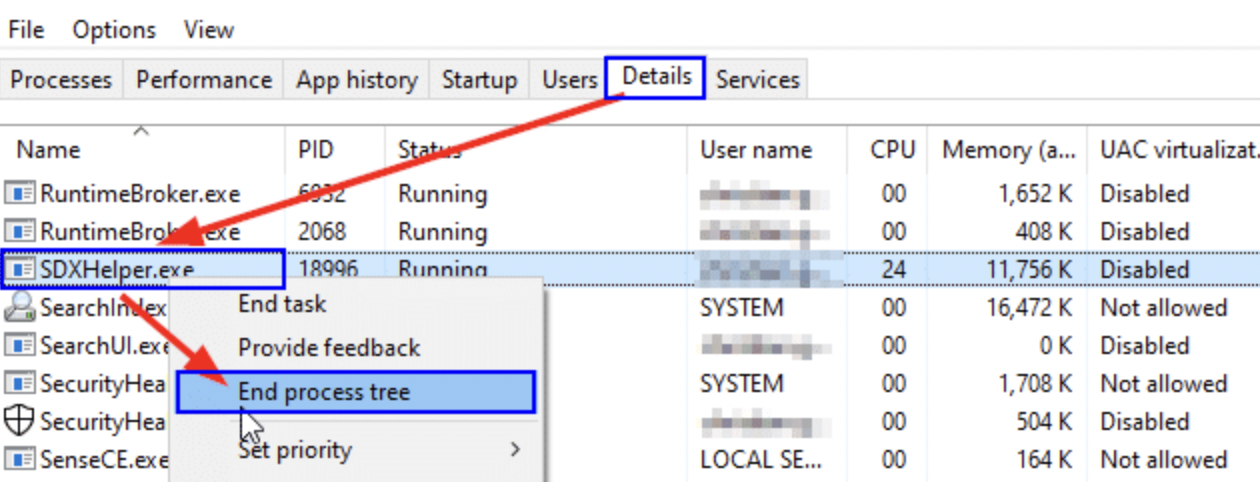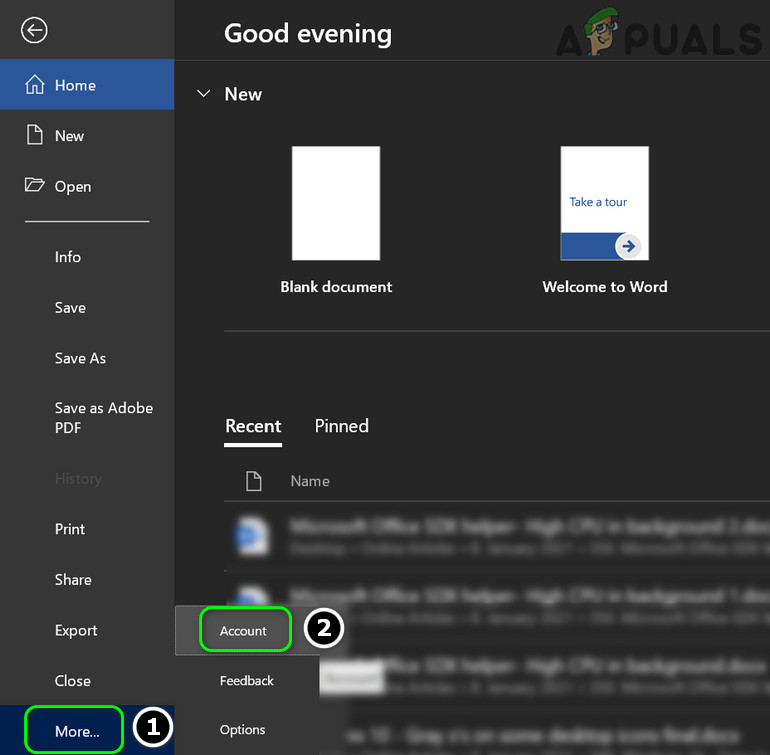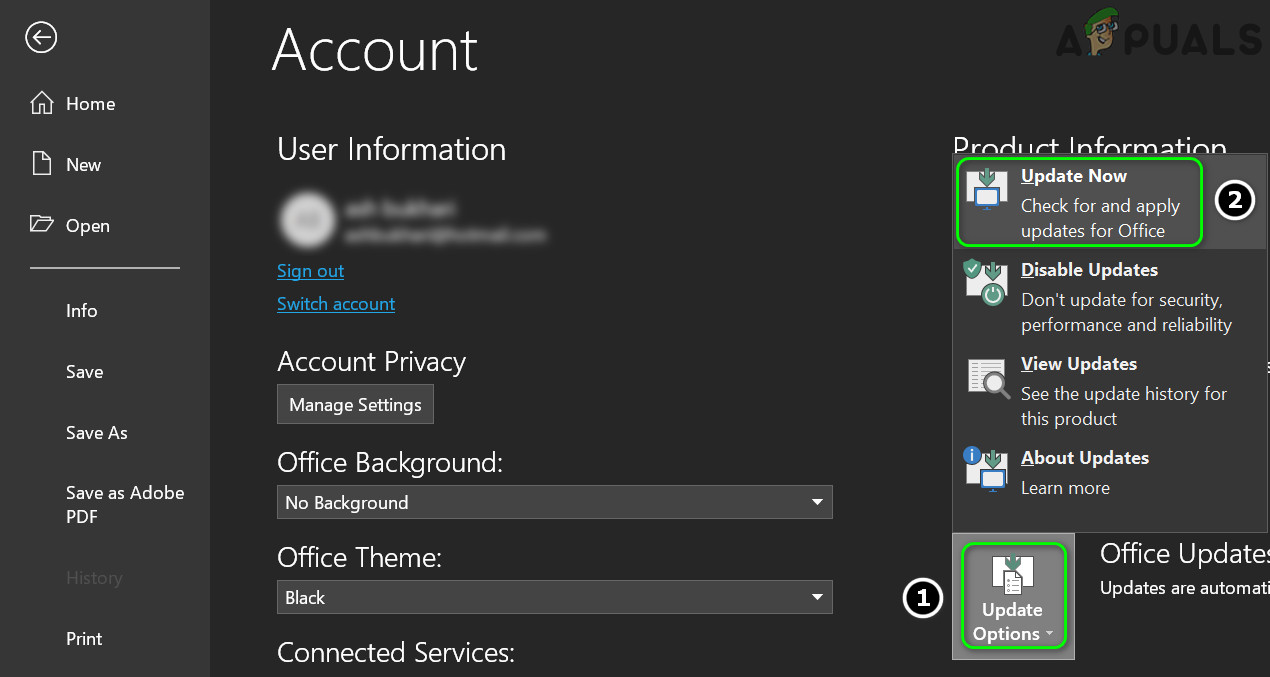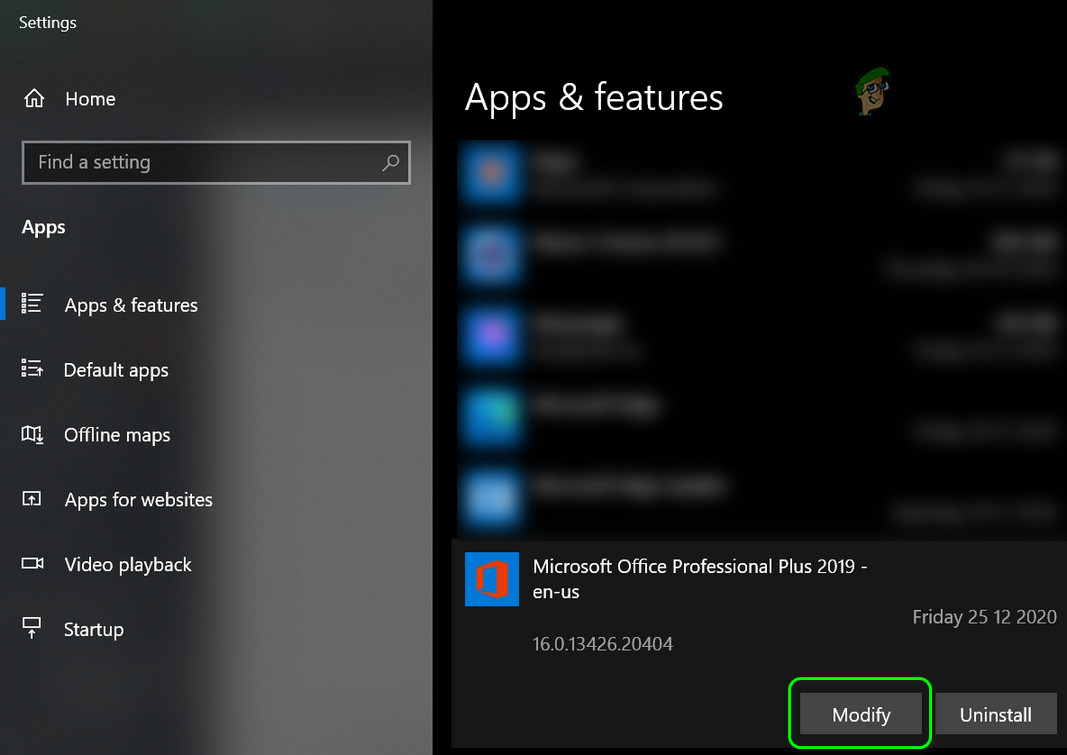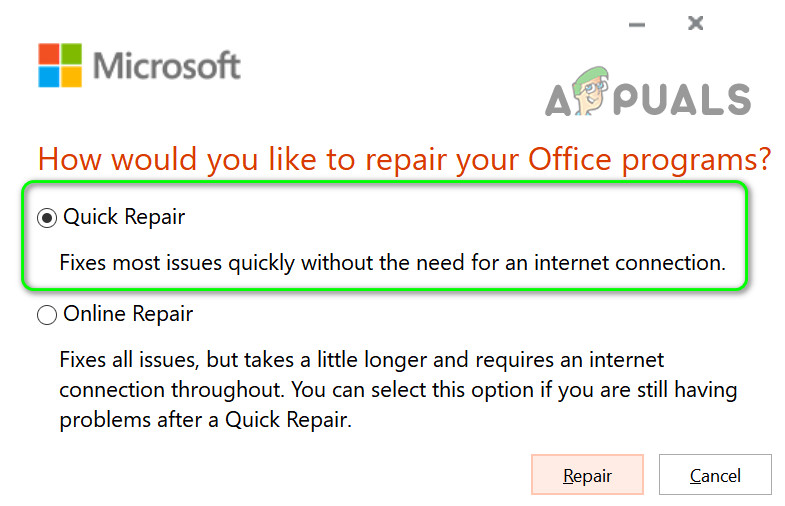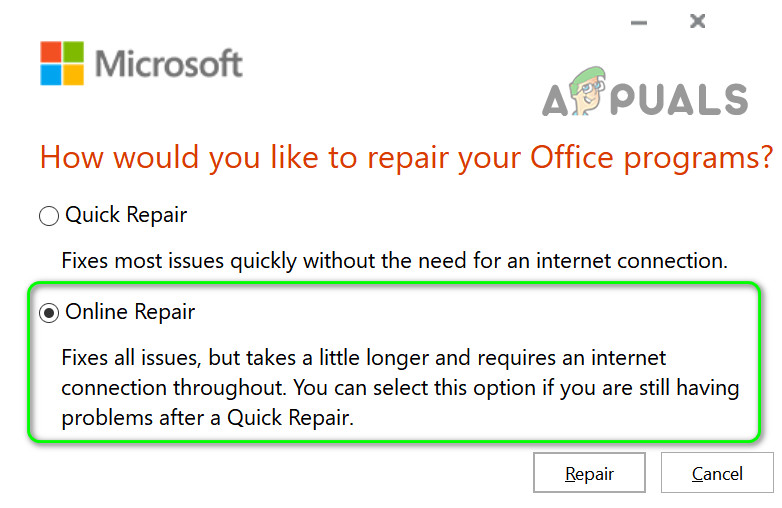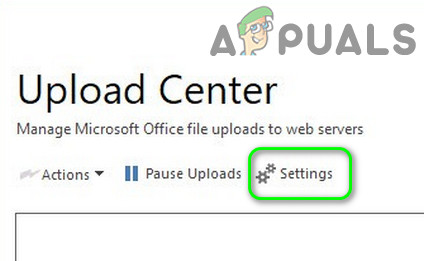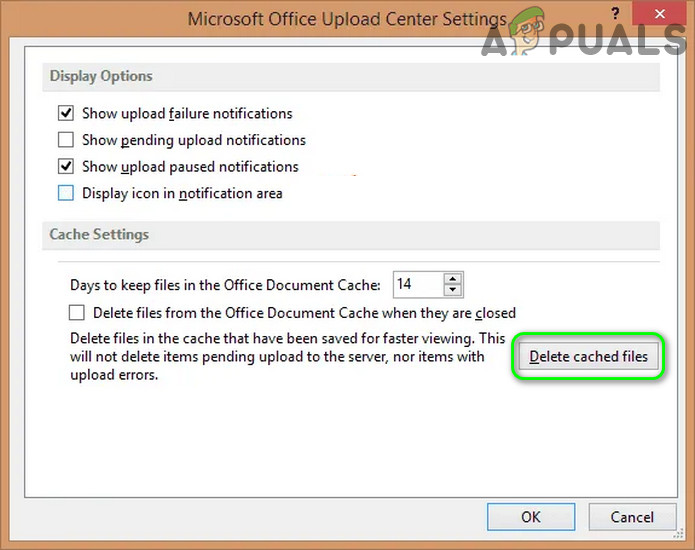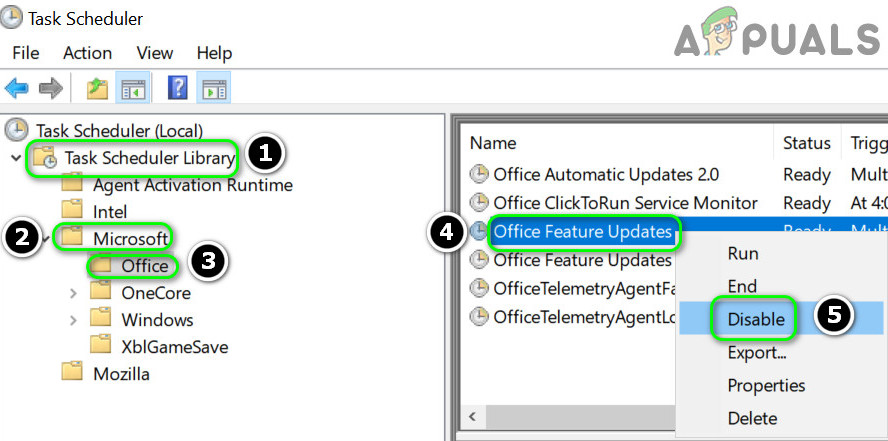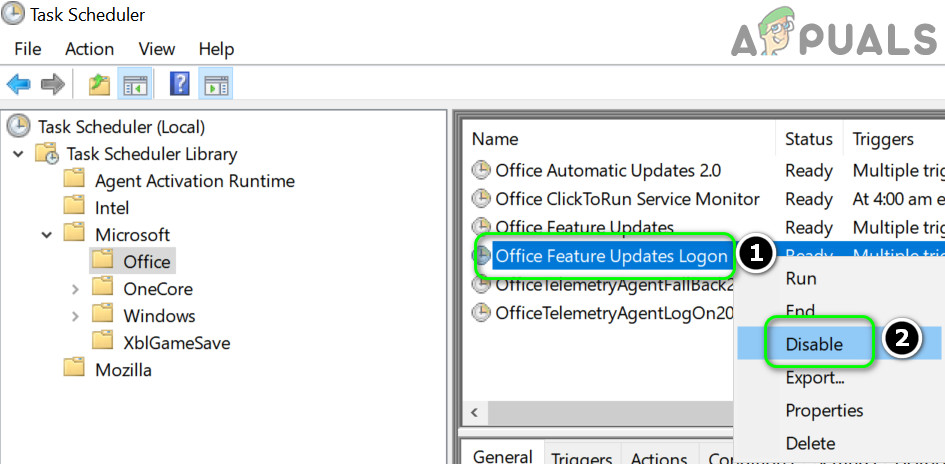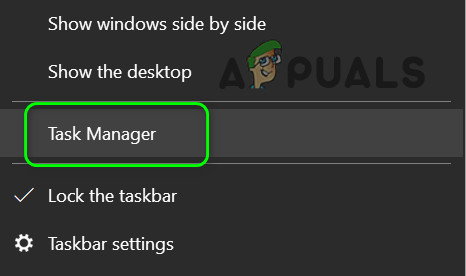The user sees the continuous high CPU usage by the Office SDX Helper process (something between 15% to 70%) in the Task Manager of his system as he was encountering the sluggishness in the PC. Before moving on, make sure your network connection is not set as Metered Connection.
Solution 1: Update Office and Windows of Your PC to the Latest Build
Microsoft updates its Office products to cater to the latest technological advancements and patch known problems. You may encounter the issue at hand if your office installation or Windows of your system is outdated as it can create incompatibility between the Office and OS modules. In this context, updating the office/Windows to the latest build may solve the problem.
Solution 2: Repair the Office Installation
The SDX issue could be a result of a corrupt installation of your office suite. In this case, repairing the office installation may solve the problem.
Solution 3: Add Exception for SDX Helper in the Antivirus Settings
You may encounter high CPU usage by SDX Helper if your antivirus is interfering with the operation of the Office Update module. In this case, exempting SDX Helper in the antivirus settings may solve the problem. Warning: Advance at your own risk as editing the settings of your antivirus product may expose your system/data to threats that are not limited to viruses, trojans, etc.
Solution 4: Clear the Office Document Cache
You may encounter the error at hand if the Office document cache is corrupt. In this case, clearing the office document cache may solve the problem. If not, then check if deleting the contents of the following folder and rebooting the PC solves the problem (you may have to delete the files in the Safe Mode):
Solution 5: Disable the Relevant Tasks in the Task Scheduler
If the SDX Helper keeps on coming back, then the issue could be triggered by a task in the Task Scheduler. In this context, disabling the relevant tasks in the Task Scheduler may solve the problem. Make sure to perform the following steps in the problematic user account (not the admin one). Also, keep in mind that after disabling these tasks you may have to manually update the Office applications. You can achieve the same by executing the following in the PowerShell (Admin):
Solution 6: Rename the SDX Helper File
If the issue is still there, then you may rename the file to stop it from launching (till the issue is solved). You may have to repeat this solution after every Windows or office update. Keep in mind that SDX Helper is used by the OS to update the office applications (in the background) and after renaming it you may have to manually update the office (in a server-client setup, you may use WSUS or SCCM). If you are encountering an issue in a domain network, then you may use a group policy to rename the file. Also, it will be better to rename the file to the original, once a proper solution is floated by the Redmond giant.
Solution 7: Reinstall the Office Suite
If none of the solutions has worked for you, then the issue could be a result of a corrupt installation of the office (that is beyond repairing). In this context, reinstalling (a cumbersome task for some users) the office may solve the problem. Before proceeding, make sure to backup essential information/data. If that did not solve the issue, then you may have to uninstall Office by using Microsoft Support and Recovery Assistant and then reinstall it. If you are using a 64-bit version, then check if removing it and installing a 32-bit version of Office resolves the issue. If the issue persists, then check if setting up an Office Telemetry Dashboard resolves the issue. If the issue started after an Office update, then check if reverting to an older version of the Office solves the problem. If the issue is still there, then you may have to keep the Task Manager open and kill the SDX Helper process, whenever the process relaunches.
How to Fix Error Reference Source not Found when Printing from Office 2010,…How to Fix Adobe CEF Helper High Memory or CPU Usage?Fix Microsoft Office ‘Error Code 30088-26’ when Updating OfficeInstall Microsoft Office Picture Manager in Office 2013
